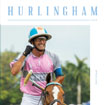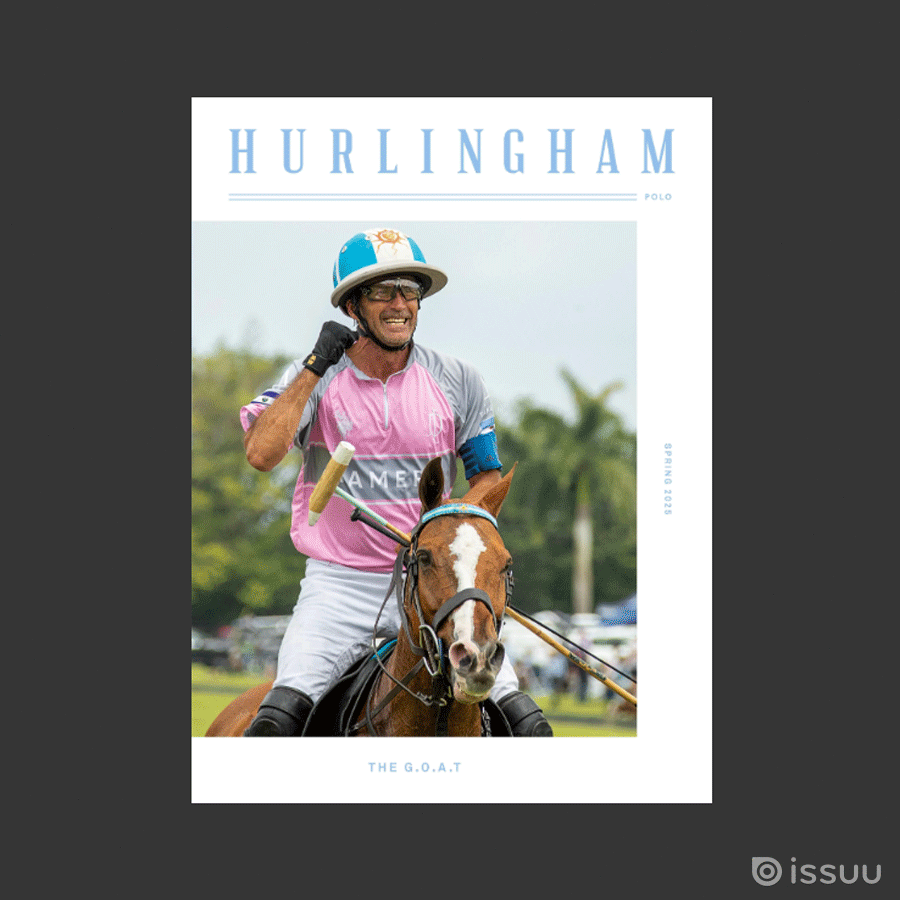Copa Republica Argentina and Copa Diario La Nacion
Polo players have to make a living and much of that is provided by patrons but the Copa Republica Argentina largely demonstrates what they would like to be doing year round without such constraints. This is the Argentine Polo Association’s second largest event, welcoming handicapped teams of up to 40 goals. The country is divided up into a number of sectors where local teams contest the early rounds, the winners gaining the right to send their leading teams to the AAP grounds in Pilar and then ultimately to contest the final rounds in Palermo.
The 82nd consecutive year’s final day started with the hotly contested Subsidiary Final, the Copa Diario La Nación. This was great polo to watch, four genuine players per side and a La Dolfina El Remanso team (24) consisting of the Hanbury brothers, Jaime Huidobro and David (Pelon) Stirling, facing the San Francisco de Asis team (18) of three Dartiguelongues ably backed by Martin Podesta. If noise from the somewhat partisan crowd could have influenced it, the bus load of SF de Asis supporters would have won the day. However, with the teams level pegging for most of the second half and some valiant moves from SF de Asis, Pelon Stirling’s horsepower and ball skills finally came into play to leave La Dolfina victorious, 16-15, in the last minutes.
March is a glorious month here and the weather is perfect. Those who think it’s all over by Christmas might wish to reconsider, for while the Open is dominated by the big names the Copa Republica Argentina gives you the chance to see many of the up and coming stars of a wide age range and handicap level, all playing at their competitive best. That being said, the final between La Bamba de Areco (25) and Trenque Lauquen (23) was not the prettiest of games. Much of this was due to what I consider, pretty average umpiring. In the first two chukkas the umpires were obviously trying to establish the format for the game and enforced the no turning rule so rigorously (or ridiculously) that the number of questionable fouls almost ground it to a halt. Whistles were blown for tiny deviations from full speed forward and one wondered what the point was in teaching a horse to turn. Certainly there were no safety issues involved unless the opponent had forgotten his brakes.
Things freed up in the third chukka, when despite Juan Merlos’s superior ball control, La Bamba’s well developed passing skills began to show through. However, several unintended consequences of the new rules became quite obvious during this final. I can understand the players’ frustration with having to back a ball they are controlling, when their teammates have yet to position themselves to receive it. This can lead to a game of ping pong where the opposing teams pick up the opposition’s back shots but forced to do the same, simply send it back to the opposition. And so on! However, the techniques being developed to counter this seem unattractive. The higher ranking players have become very quick to use their horses’ bodies to block the ball before it gets much altitude, taking it on the horse’s chest or shoulder and running off with it when it drops down. This happens with a frequency that eliminates the chance of it being accidental. It will not be long before a horse loses an eye or a player a cheekbone. Further, the “if in doubt, hit it out†philosophy seems infinitely more justifiable when your only alternative is to back the ball into the opposition’s control and indeed, this strategy is noticeably more prevalent.
For me the above overshadowed the game. There is no doubt that La Bamba’s impressive teamwork led them to dominate the game. Further, Juan Merlos played an average game, missed a number of penalties and was somewhat subdued after an over enthusiastic team mate crashed an opposition member into him during pre hit out positioning, which obviously caused him substantial pain. While a late run in the last chukka bought TL within a goal of equalising, time ran out and victory, by 11 goals to 10, went to La Bamba’s more balanced team.
In many ways, especially during the subsidiary final, it is a pleasure to watch patron free polo and the new stars given the chance to prove themselves against the old guard! However, it also shows the weakness of some of the new rule interpretations. Rather than speeding the game up, it is slowing it down, as the whistle blows whenever a player deviates from a straight line, yet at the same time aggressive blocking is tolerated with ponies scrambling over the back legs of their opponents. Evolution of the rules it seems has some way to go!
Margarita, owned and played by Juan Merlos was awarded the Jaime AmorÃn prize for the best playing pony in the final. Open Diosa, played by Guillermo Willington and owned by Ellerstina was awarded best playing pony.
Progression (La Bamba de Areco): (0-2), 2-3, 4-5, 7-5, 9-6, 10-7, 11-10
Teams
La Bamba de Areco (25): Diego Cavanagh (7), Santiago Tanoira (6), G Willington (7) and Rodrigo Rueda (5)
Trenque Lauquen (23): Juan P Jauretche (1), Pablo Jauretche (8), Juan Merlos (9) and Andre James (5)
La Dolfina El Remanso (24): Charlie Hanbury (4), George Hanbury (3), David Stirling (9) and Jaime Huidoboro (8)
San Francisco de Asis Los Nocheros (18): G Dartiguelongue (5), T Dartiguelongue (4), J Dartiguelongue (5) and Martin Podesta (4)


